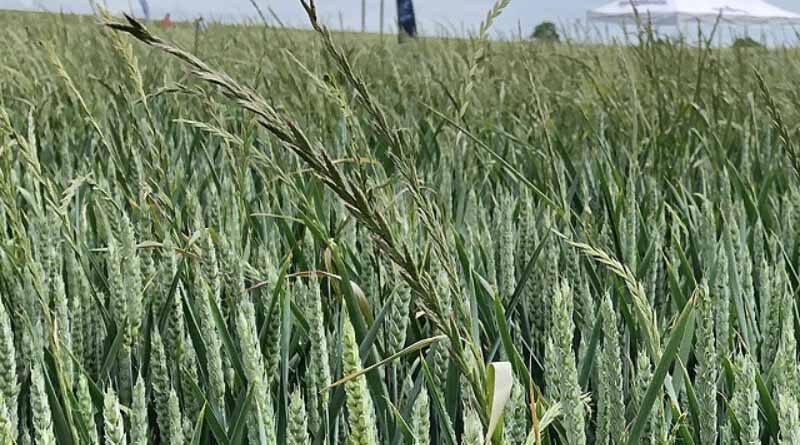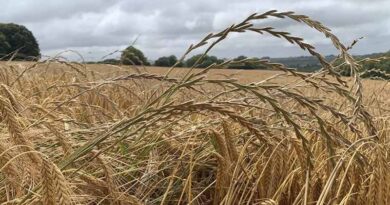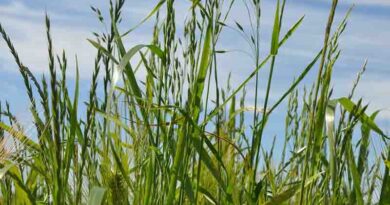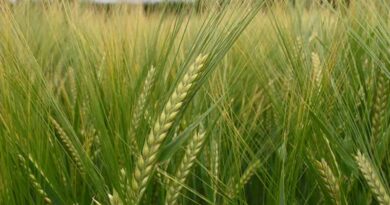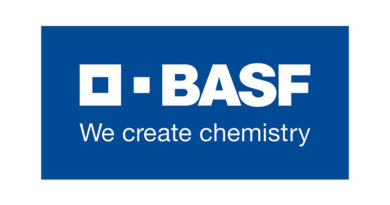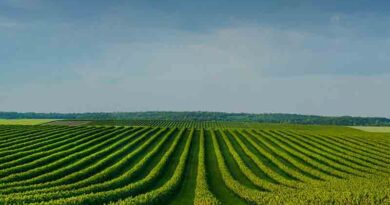Ryegrass controls stack up
20 July 2021, UK: Ryegrass is now one of the most problematic grass weeds for many farms across the UK. It can be more competitive to crop yield than black-grass and, with high seed production, has the ability to spread faster.
Learning from the successes of black-grass programmes, there is now a raft of integrated cultural and herbicide strategies that can hit back at increasing ryegrass populations, advises Syngenta Technical Manager, Georgina Wood.

“Key to that success is stacking up as many of those options as is practically possible in a farm situation.”
- Delay drilling
- Adapt cultivations
- Increase spring cropping
- Grow competitive crops
- Prioritise pre-emergence applications
- Stack pre-em herbicides
- Optimise treatment timing and sequences
- Maximise results through application techniques
In over five years of grass weed trials, stacking more active ingredients (AIs) into the pre-emergence treatment achieved consistently higher rates of control, with 92% control from five AIs, compared to 80% from four and 72% with three.
Also Read: The genome of a Salt-secreting Mangrove Species Decoded by DBT-ILS
See how herbicide and hybrid barley combinations are tackling ryegrass on the Syngenta Innovation Centre in Shropshire (latest news to follow)
Defy has proven a valuable addition to programmes over many seasons, with particular strength in ryegrass control. Using the full rate of Defy at 5.0 l/ha, in combination with flufenacet + DFF, gave a step change in control and residual activity, even in variable weather conditions.
Trials data has shown that Defy reliably adds more than 10% control even where new actives are included.
With aclonifen now an option, in combination with flufenacet + DFF, the addition of Defy added a further 12% to overall ryegrass control – taking the combination to an impressive 93% control.
The value of pre-emergence herbicides can be enhanced with delayed drilling, and to remove a high proportion of predominantly autumn emerging ryegrass before crop establishment.
Furthermore, Georgina advised that competitive crops of hybrid barley had been shown to reduce both the number of seed heads produced and the number of seeds per head – lowering seedbank returns.
Hybrid barley alone could reduce ryegrass populations by 5%, compared to conventional barley. But where hybrid barley is grown in combination with a Defy pre-emergence treatment, the crop suppression of ryegrass increased to 18%.
“Combining cultural and chemical controls, utilising bigger pre-em stacks and higher rates of Defy, gives a real chance to make inroads into ryegrass populations this autumn,” she added.

